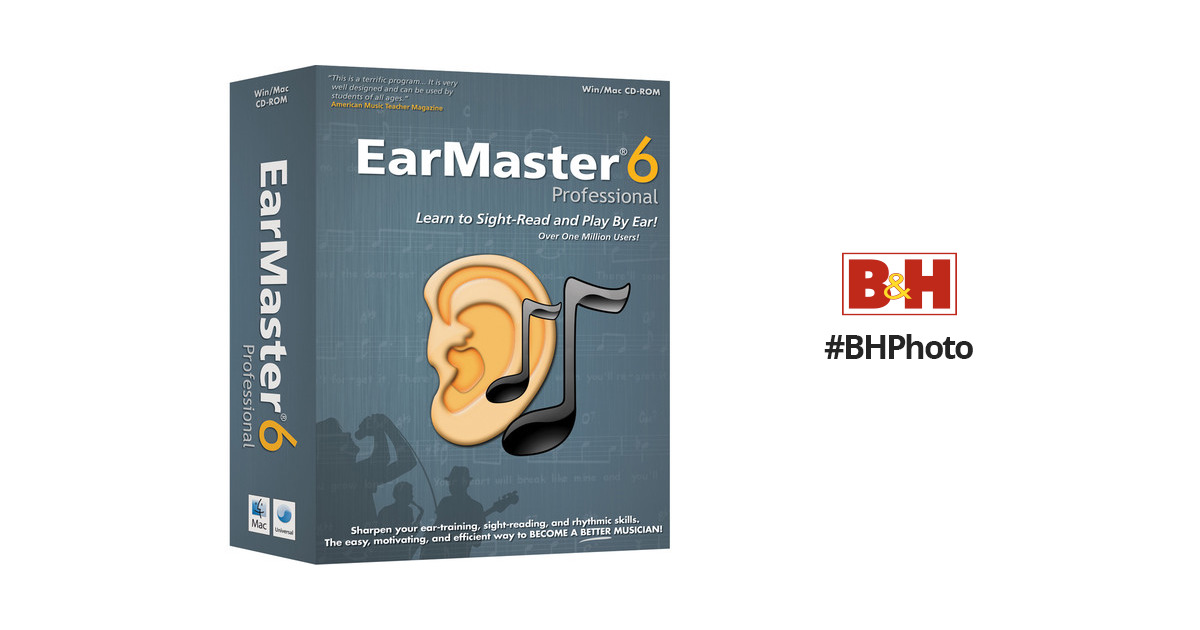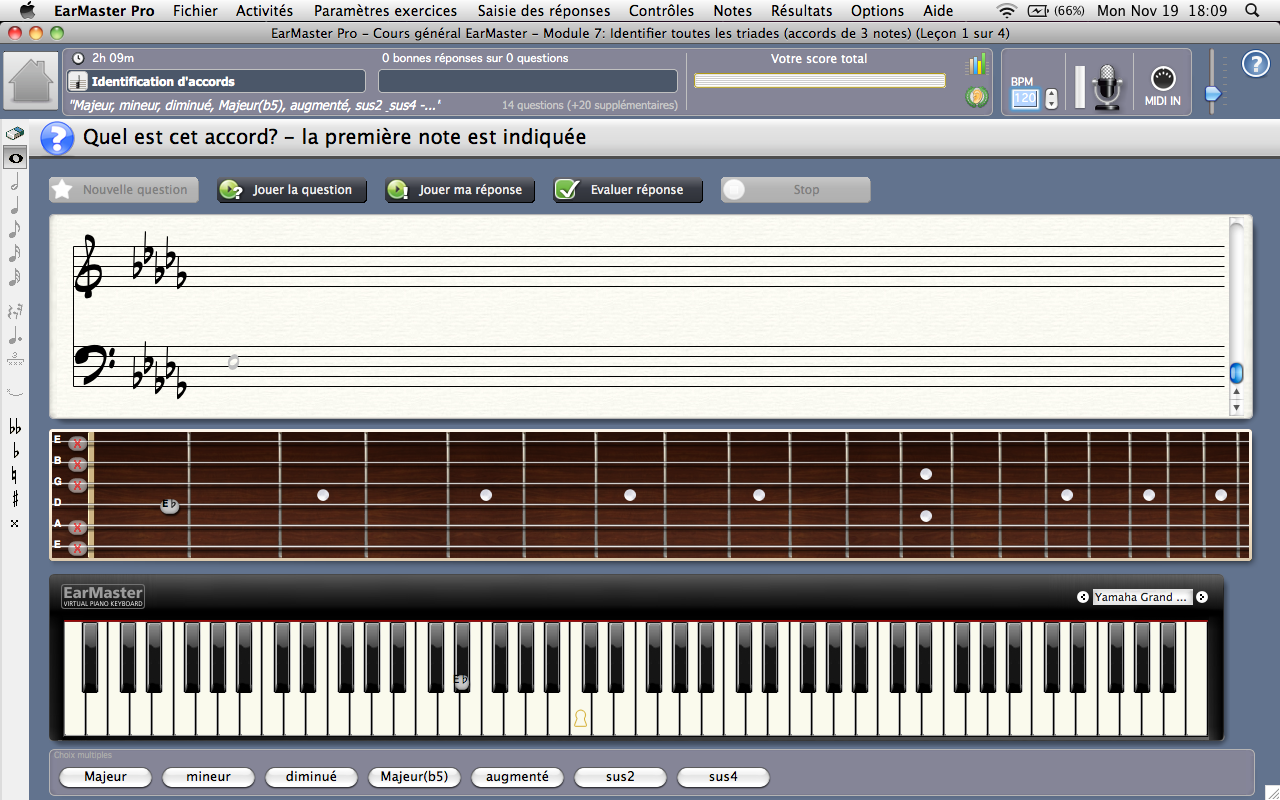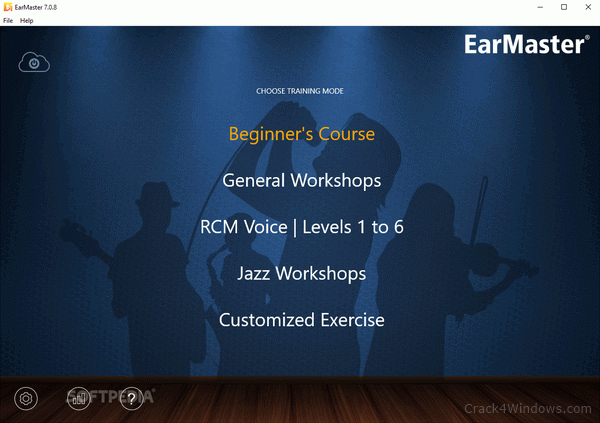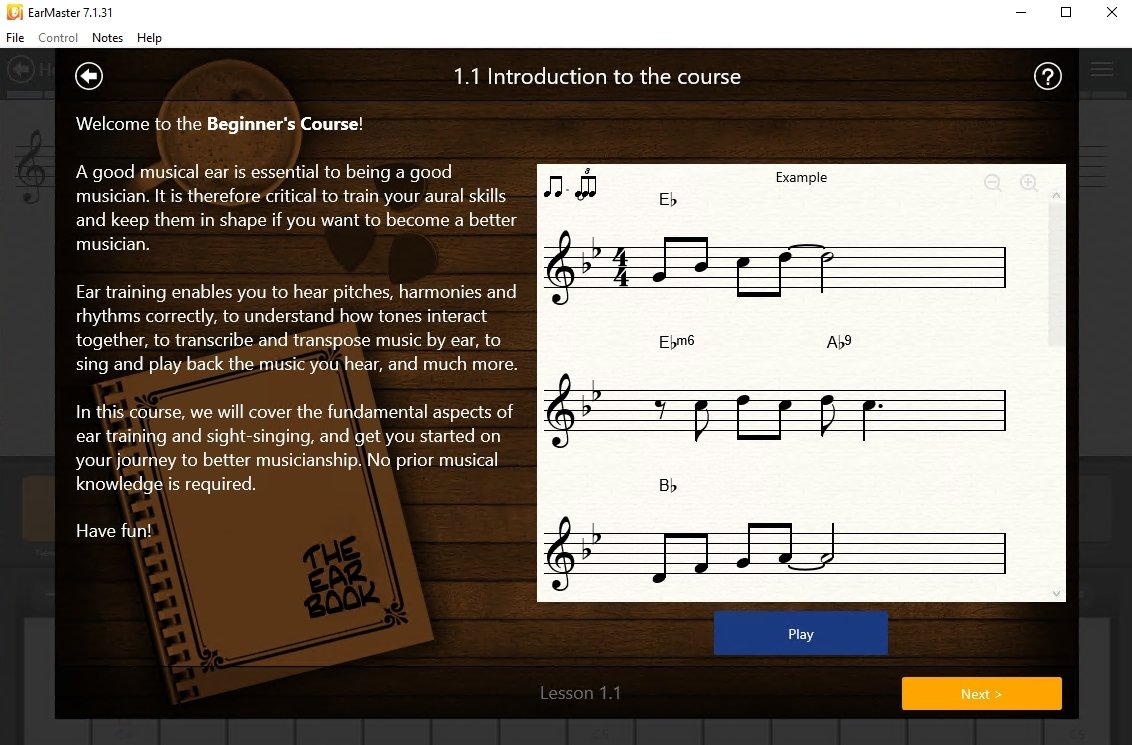

The topics covered by EarMaster are interval singing, interval comparison, interval identification, scale identification, chord identification, chord inversion identification, chord progression identification, rhythm dictation, rhythm reading (sight reading), rhythm clap-back, rhythmic error detection, melodic dictation, melody sing-back and melodic sight-singing. With the customization mode, the user can set up custom exercises for tailored practice. jazz chord, swing rhythms and real book sight-singing). While the general workshops are rather general and their lessons focus on most of the aspects of ear training, the jazz workshops focuses exclusively on the particularities of Jazz music (e.g. Content ĮarMaster includes several training modes: workshops with progressive sets of lessons about various music theory and ear training topics, a customization mode, and a beginner's course. EarMaster Cloud was nominated for a Music Teacher Award for Excellence in 2019 and is used by prominent institutions such as Berklee College of Music in the USA. The solution includes Learning Management System features and Course Authoring Software, making it possible to create and deploy interactive Musicianship assignments and review the results of the students. EarMaster Cloud enables music schools, choirs and private teachers to give access to the EarMaster application on Windows, macOS and iOS to students and teachers. In 2014, EarMaster released an educational Cloud solution for e-learning called EarMaster Cloud. In 2017, EarMaster 7 was released on Windows and Mac, followed by a version for iPhone in 2020 which was featured in the App Store in the "Best of the Month - New Apps we love" section. EarMaster 6 was released in 2012, followed by two major updates (6.1 in 2013 and 6.2 in 2015), and a completely new version for iPad in 2016. The release of EarMaster 5.0 also marks a name change for the editing company from Miditec to EarMaster ApS.

EarMaster 5.0 was released in 2005 in both a Pro and a School version, first for Windows and later for Mac OS X. EarMaster Pro 4.0 and EarMaster School 4.0 follow in 2000, with a new interface and more options. In 1998, EarMaster develops the first educational version of its ear training software, EarMaster School 2.5, in collaboration with 29 music teachers. EarMaster 2.0 was launched in 1997 and was the first version to be commercialized online.


It was distributed by Roland in Scandinavia and available in 5 languages. The first proprietary version of EarMaster was EarMaster 1.0, released in 1996 by Miditec. The prototype of EarMaster was a DOS-based software programmed in 1994 by Hans Jakobsen.


 0 kommentar(er)
0 kommentar(er)
